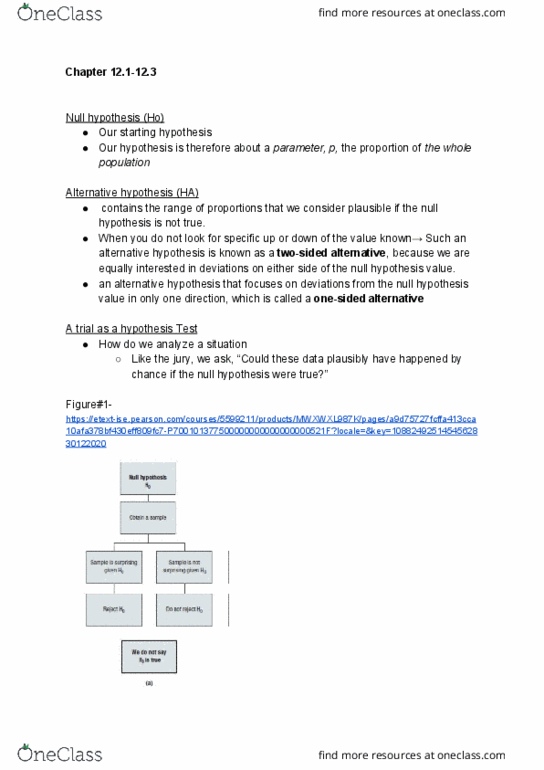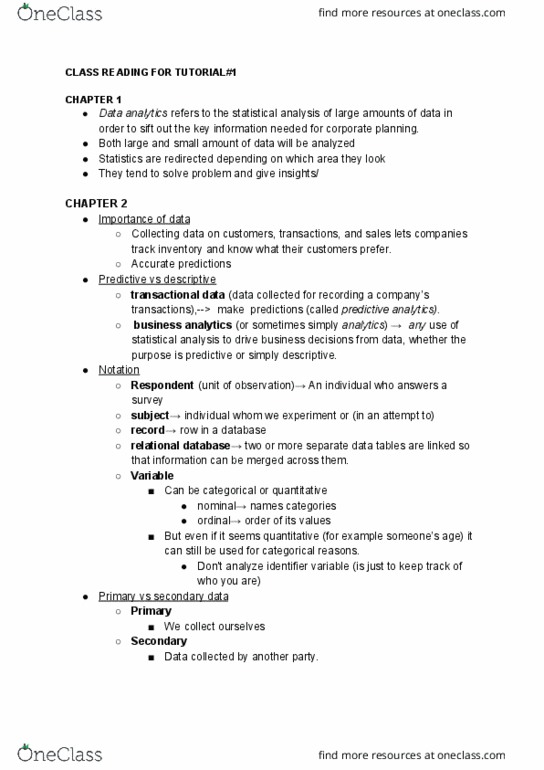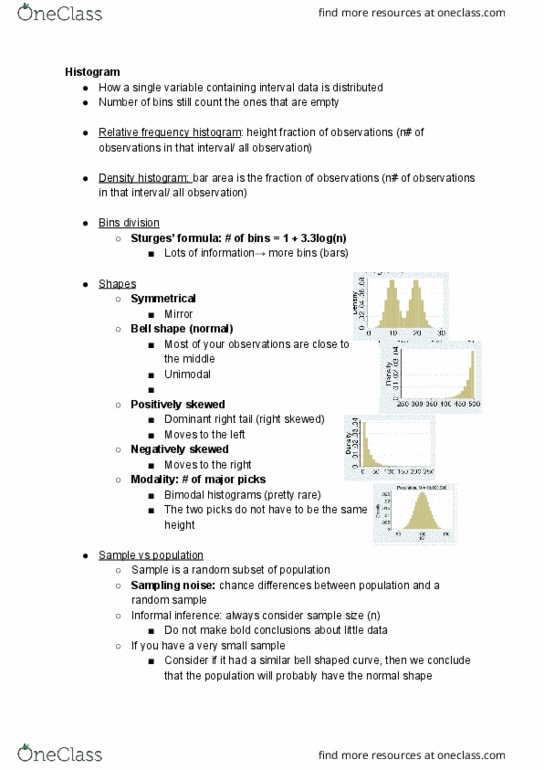ECO220Y1 Lecture Notes - Lecture 3: Predictive Analytics, Scale-Invariant Feature Transform, Systematic Sampling
ECO220Y1 verified notes
3/26View all
Document Summary
Chapter 1 order to sift out the key information needed for corporate planning. Data analytics refers to the statistical analysis of large amounts of data in. Both large and small amount of data will be analyzed. Statistics are redirected depending on which area they look. They tend to solve problem and give insights/ Collecting data on customers, transactions, and sales lets companies track inventory and know what their customers prefer. Transactional data (data collected for recording a company"s transactions),--> make predictions (called predictive analytics). Business analytics (or sometimes simply analytics ) any use of statistical analysis to drive business decisions from data, whether the purpose is predictive or simply descriptive. Respondent (unit of observation) an individual who answers a. Subject individual whom we experiment or (in an attempt to) Relational database two or more separate data tables are linked so. Variable that information can be merged across them.




